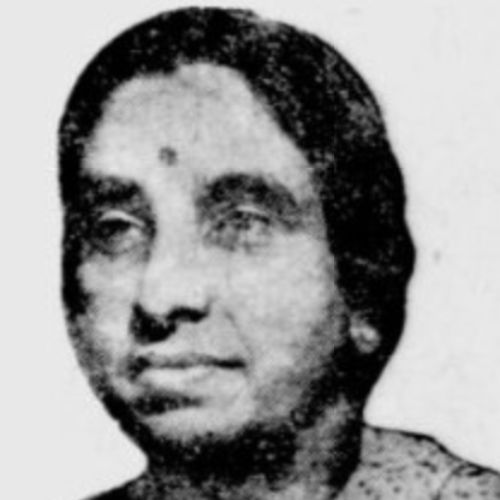Early Life
Ammu Swaminathan was born in 1894 in Palakkad, Kerala. She learnt English and moved to Madras soon after her marriage to S. Swaminathan. From 1914 onwards, she was drawn to the political and women’s rights movement.
In 1917, she worked with Kamaladevi Chattopadhyay, Annie Besant, Muthulakshmi Reddy, and others to set the Women’s India. Association (WIA) at Adyar, Madras. WIA transformed into one of the largest women’s rights organizations in India, and it worked to tackle social issues such as child marriage and the devadasi practice. It made representations before the Montague Chelmsford Commission, 1917 and Southborough Commission in 1918 and advocated for equality of voting rights for women.
Role in India’s Independence Movement
Swaminathan joined the Indian National Congress in 1934. She was also involved in the Quit India Movement in 1942 that led to her imprisonment a year later. She was a strong advocate for women’s rights and called for reform of laws and bills related to succession, inheritance and marriage.
Contribution to Constitution Making
She was elected to the Constituent Assembly from the Madras Constituency in 1946. She spoke on fundamental rights and directive principles.
Later Contributions
Post-independence she was elected to the first Lok Sabha in 1952 and subsequently to the Rajya Sabha 1954. Apart from her time at the Parliament, her interests in movies led her to become the Vice President of the Federation of Film Societies and the Censor Board. For five years, she also served as the President of the Bharat Scouts and Guides between 1960 and 1965.
Swaminathan passed away in 1978.
On 24 November 1949, two days before the adoption of the Constitution, in her general comments on the Constitution, Ammu stated that fundamental rights and directive principles constituted the core of the Constitution. However, she was not pleased with the ‘bulkiness’ of the constitution and would have rather preferred one that could be carried in a pocket.

